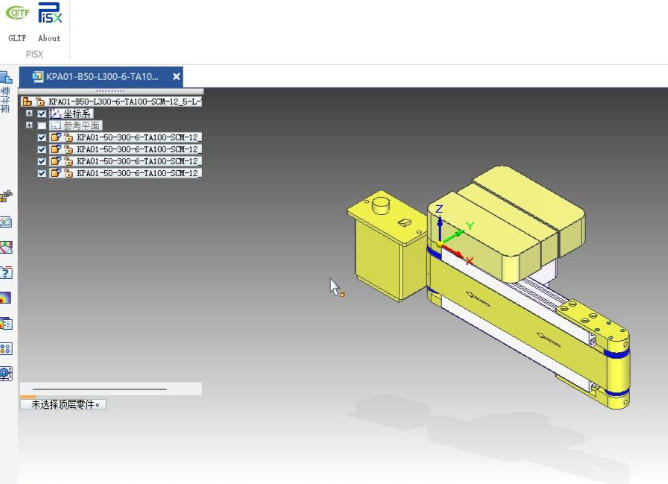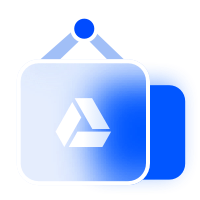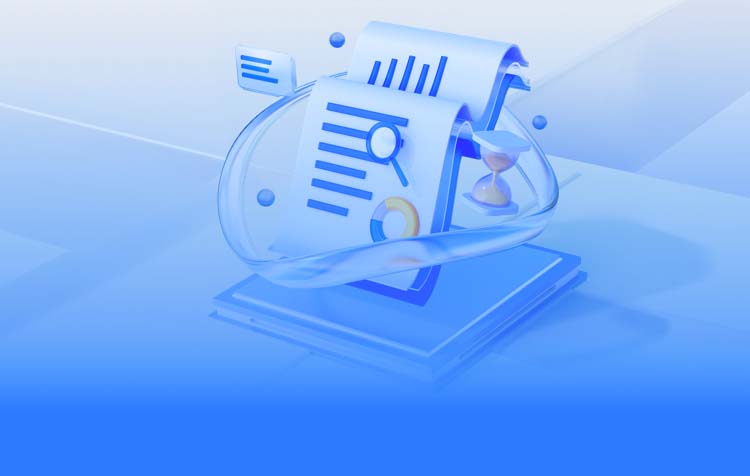solidedge许可问题
软件: solidedge
Common Solid Edge License Issues and Solutions
1. Invalid (Inconsistent) License Key
Starting with Solid Edge 2020, Siemens introduced the Common Licensing Tool (CLT) with the `ugslmd` daemon, which introduced stricter checks on license files—including the Vendor String. A common cause of the "Invalid (Inconsistent) License Key" error is special characters (e.g., "æ", "ñ") in the Vendor String, which are considered "high-bit characters." These characters interfere with the license validation process.
Solution: Contact your Siemens reseller or support team to replace any special characters in the Vendor String with their ASCII lowercase equivalents (e.g., change "Tæst" to "Taest"). This ensures compatibility with the new licensing system.
2. License File Not Recognized ("Invalid License File" Error)
Even if a license file is valid, users may encounter the "Invalid License file" error if the file was not downloaded directly to the target machine. For example, downloading a license file to a MacBook and transferring it to a Windows PC via a network can alter the file’s encoding (e.g., from UTF-8 to a non-UTF-8 format), rendering it unreadable by the CLT.
Solution: Always download the license file directly onto the PC where it will be used. Avoid transferring license files between different operating systems via network shares or external devices, as this can corrupt the file’s encoding.
3. Conflicting License Server Settings

Solid Edge uses two mechanisms to manage license server settings: the `SE_LICENSE_SERVER` environment variable and the Registry key `SE_SERVER` (located in `HKEY_CURRENT_USER\SOFTWARE\Siemens_PLM_Software\Common_Licensing`). If these settings conflict—for example, if a user manually changes the Registry key without updating the environment variable—the software may fail to locate the correct license server.
Solution: Check the License Borrow Tool in Solid Edge (accessed via Environment Settings > Edit). The "License Server" field in this tool reflects the current Registry setting (`SE_SERVER`). If this setting differs from the `SE_LICENSE_SERVER` environment variable, click the "Default" button to reset the Registry key. This ensures the environment variable takes precedence and points to the correct license server.
4. Floating License Connection Failures
For organizations using floating licenses (network-based), connection issues often arise due to network misconfigurations, firewall restrictions, or incorrect license server paths. Common symptoms include timeouts when attempting to check out a license or error messages indicating the software cannot connect to the license server.
Solution:
- Verify Network Connectivity: Use tools like `ping` or `traceroute` to test connectivity between the client machine and the license server. Ensure there are no network interruptions or high latency.
- Check Firewall Settings: Allow traffic on the license server’s port (default is typically 27800) in both the server and client firewalls. Temporarily disabling firewalls can help isolate whether they are blocking communication.
- Confirm License Server Path: Ensure the `SE_LICENSE_SERVER` environment variable is set to the correct path (e.g., `27800@license_server_name`) and matches the server’s hostname/IP address. Update the path if the server has been moved or renamed.
5. Expired or Missing Licenses
If a Solid Edge license expires or is not installed correctly, the software may fail to launch or display an error message indicating no valid license is available. This is common for subscription-based licenses or perpetual licenses that require periodic renewal.
Solution:
- Check License Expiry: Open the Solid Edge License Utility (Help > License Utility) to view the expiration date of your license. If expired, contact your Siemens reseller to renew the subscription.
- Reinstall the License File: If the license file is missing or corrupted, reinstall it by following the steps in the product documentation or using the activation wizard (for online activations). For offline activations, ensure you have the correct activation code and follow the manual installation instructions.
6. Local License Checkout Issues
Some users may encounter problems when trying to borrow a license (local checkout) for offline use. This can result in errors like "Cannot borrow license" or "License checkout failed," often due to incorrect configuration of the borrowing tool or insufficient permissions.
Solution:
- Open the License Borrow Tool: Access it via Environment Settings > Edit > License Borrowing. Ensure the "Borrow for" duration is set to a valid period (e.g., 7 days) and the correct license features are selected.
- Return Borrowed Licenses: If you no longer need a borrowed license, return it via the License Borrow Tool to free up the license for other users.
1. Invalid (Inconsistent) License Key
Starting with Solid Edge 2020, Siemens introduced the Common Licensing Tool (CLT) with the `ugslmd` daemon, which introduced stricter checks on license files—including the Vendor String. A common cause of the "Invalid (Inconsistent) License Key" error is special characters (e.g., "æ", "ñ") in the Vendor String, which are considered "high-bit characters." These characters interfere with the license validation process.
Solution: Contact your Siemens reseller or support team to replace any special characters in the Vendor String with their ASCII lowercase equivalents (e.g., change "Tæst" to "Taest"). This ensures compatibility with the new licensing system.
2. License File Not Recognized ("Invalid License File" Error)
Even if a license file is valid, users may encounter the "Invalid License file" error if the file was not downloaded directly to the target machine. For example, downloading a license file to a MacBook and transferring it to a Windows PC via a network can alter the file’s encoding (e.g., from UTF-8 to a non-UTF-8 format), rendering it unreadable by the CLT.
Solution: Always download the license file directly onto the PC where it will be used. Avoid transferring license files between different operating systems via network shares or external devices, as this can corrupt the file’s encoding.
3. Conflicting License Server Settings

Solid Edge uses two mechanisms to manage license server settings: the `SE_LICENSE_SERVER` environment variable and the Registry key `SE_SERVER` (located in `HKEY_CURRENT_USER\SOFTWARE\Siemens_PLM_Software\Common_Licensing`). If these settings conflict—for example, if a user manually changes the Registry key without updating the environment variable—the software may fail to locate the correct license server.
Solution: Check the License Borrow Tool in Solid Edge (accessed via Environment Settings > Edit). The "License Server" field in this tool reflects the current Registry setting (`SE_SERVER`). If this setting differs from the `SE_LICENSE_SERVER` environment variable, click the "Default" button to reset the Registry key. This ensures the environment variable takes precedence and points to the correct license server.
4. Floating License Connection Failures
For organizations using floating licenses (network-based), connection issues often arise due to network misconfigurations, firewall restrictions, or incorrect license server paths. Common symptoms include timeouts when attempting to check out a license or error messages indicating the software cannot connect to the license server.
Solution:
- Verify Network Connectivity: Use tools like `ping` or `traceroute` to test connectivity between the client machine and the license server. Ensure there are no network interruptions or high latency.
- Check Firewall Settings: Allow traffic on the license server’s port (default is typically 27800) in both the server and client firewalls. Temporarily disabling firewalls can help isolate whether they are blocking communication.
- Confirm License Server Path: Ensure the `SE_LICENSE_SERVER` environment variable is set to the correct path (e.g., `27800@license_server_name`) and matches the server’s hostname/IP address. Update the path if the server has been moved or renamed.
5. Expired or Missing Licenses
If a Solid Edge license expires or is not installed correctly, the software may fail to launch or display an error message indicating no valid license is available. This is common for subscription-based licenses or perpetual licenses that require periodic renewal.
Solution:
- Check License Expiry: Open the Solid Edge License Utility (Help > License Utility) to view the expiration date of your license. If expired, contact your Siemens reseller to renew the subscription.
- Reinstall the License File: If the license file is missing or corrupted, reinstall it by following the steps in the product documentation or using the activation wizard (for online activations). For offline activations, ensure you have the correct activation code and follow the manual installation instructions.
6. Local License Checkout Issues
Some users may encounter problems when trying to borrow a license (local checkout) for offline use. This can result in errors like "Cannot borrow license" or "License checkout failed," often due to incorrect configuration of the borrowing tool or insufficient permissions.
Solution:
- Open the License Borrow Tool: Access it via Environment Settings > Edit > License Borrowing. Ensure the "Borrow for" duration is set to a valid period (e.g., 7 days) and the correct license features are selected.
- Return Borrowed Licenses: If you no longer need a borrowed license, return it via the License Borrow Tool to free up the license for other users.











